As Scotland debates whether to hold a new referendum on its independence, we revisit a British photographer’s project in border towns of the UK.
Two days after she was appointed by the Queen, the UK’s new prime minister Theresa May flew to Edinburgh. It was a bold gesture that reaffirmed her call to honor the “precious, precious bond” between England, Scotland, Wales and Northern Ireland after the EU referendum had put into question the future of their union. Scotland was especially high on May’s agenda: while 53% of England backed leaving the EU, the Scottish voted by 62% to remain, reviving the idea of the country’s independence two years after a failed campaign. British photographer Rob Stothard had documented part of that campaign, in 2014, in the villages near the Anglo-Scottish border. Far from Downing Street and Bute House, the Parliaments and the motorcades, he spent that summer meeting and photographing those who would be most affected by Scotland’s secession. Now that it might actually happen, we revisit his project “Borderlands.”
Roads & Kingdoms: This is one of the first projects you shot at home, in the UK. How did it feel after years of work abroad?
Rob Stothard: I really like working at home, I think it’s the place you can do the best work. It’s the place you know more than anywhere and you can bring a lot more personality to it. I think one of the reasons why I made that work in Scotland was seeing people really get involved in politics, which I hadn’t seen in southern England. A lot of people think Westminster’s a ways away. It’s been the seat of power for Scotland and England for over 400 years, and imagine having a local politician who has to be in London during the week and who has to fly back in to check on the people he’s meant to be representing. It’s really not a surprise to me that people feel very isolated.

R&K: Why did you specifically want to document these villages?
Stothard: I wanted to do something about the referendum on Scottish independence, but if you’re working in Westminster, it ends up being the only way you can see politics. In the UK, the photos you see of your political party all come out of London. It’s quite controlled, and it’s quite repetitive. This person walks out of a door, or this person stands in front of a lectern, and you try to chase people around the streets so you can get something different now and again. I was trying to think of a way to tell the story of Scottish independence without having to go stand outside the Parliament. I thought about the parts of the country that would be most likely to vote one way or the other. I didn’t have a clue, there wasn’t any polling out at that time, but I thought the areas around the borders would be where the vote could be won or lost.
R&K: What did you expect to find in these border towns?
Stothard: I have always been interested in borders and nation-states, and the identity that comes with them. I guess that’s what drew me to that area. It’s in these regions that day-to-day life can be more tangibly affected by the political decisions. But when it comes to this story, in my opinion, it was about people who were unhappy with the status quo. I don’t really think it was all that much about nationalism. There is this sense that England controls the way the entire United Kingdom goes. During the Brexit referendum, interestingly, all of Scotland voted to remain in Europe, but almost all of the areas in the north of England voted to leave. To me, that’s a clear sign that the people of Scotland want to have another chance to vote for independence.
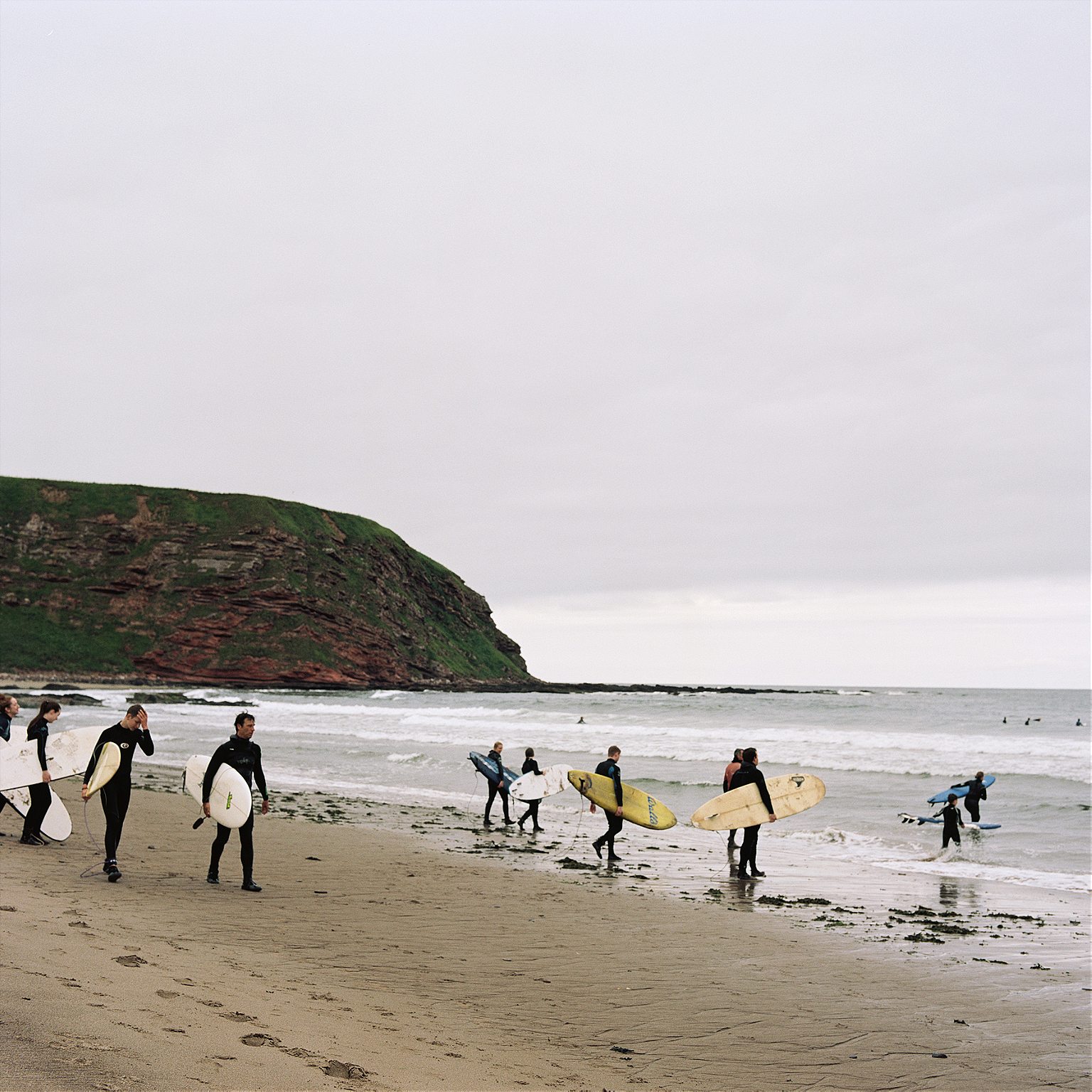

R&K: When exactly did you start this project?
Stothard: I went in the summer before the referendum on Scottish independence, in 2014. I wanted the campaigning to be part of the project, but I didn’t want it to overpower it. It was nice to have these campaign events to go to, to help me structure the project. It was close enough to the referendum that people had opinions, and that I could go around and speak to people about it. My presence and my questioning didn’t seem so odd, which is always helpful. But I didn’t go up for the vote or anything. I didn’t want to pin the project on any big decision. It was more about the two regions as a whole, where the two movements are, and where they could be.
R&K: My favorite images are the ones that show daily life in these places. How different was it being on one side of the border or the other?
Stothard: You wouldn’t be able to tell the difference. For example, these border riding ceremonies I photographed happen on both sides of the border. There’s one picture where there’s a Union flag flying, and that’s actually in Scotland. The border has moved around. It used to be in Berwick-upon-Tweed, which is now in England, until not that long ago. If you were to go further north, you would be able to feel the difference more. Here, the landscape is similar. Life is similar.
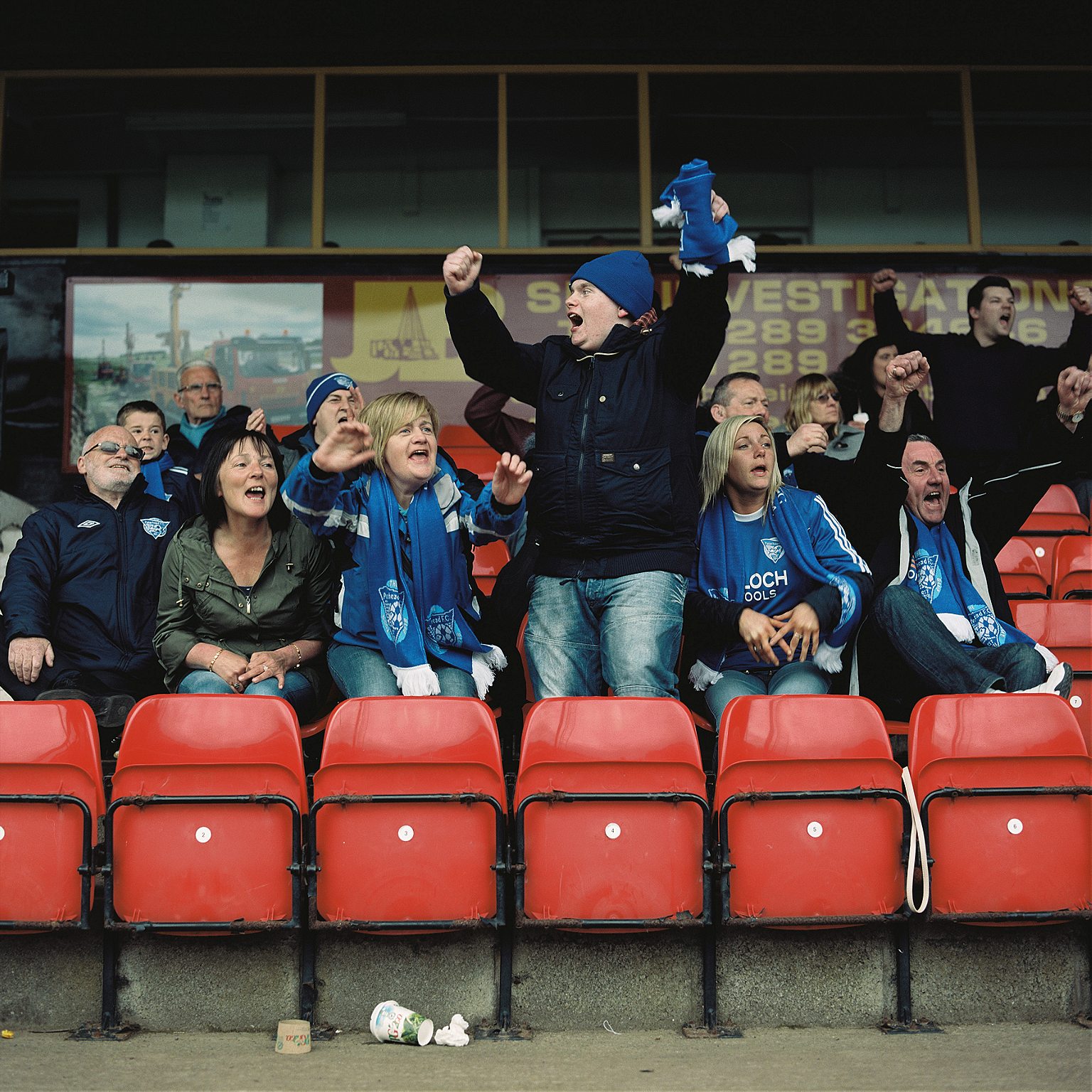
R&K: But you were there at a particular time during the referendum. Was there a different atmosphere, perhaps a bit more excitement on the Scottish side?
Stothard: There was more activity on the Scottish side of the border and more engagement with what was going on, but people on the English side were certainly talking about it. It was going to have an effect on them; a lot of them are closer to Edinburgh than to Newcastle. For people in that part of the country, it’s quicker for them to go to Scottish cities. There were worries about the currency, would they be able to go and buy things? But there was no real, terrible anxiety. I think people were quite positive.
R&K: It makes me think of the photo you took of a man wearing a pin that was making fun of it all and that read “Berwick for Independence.” Was it more lighthearted than how the Brexit vote went down?
Stothard: I think that part of the country was having the same ideas that the Scottish National Party had been having for a long time. I imagine that badge might even predate the 2014 referendum. I overheard one guy saying to a radio journalist: “England stops at Morpeth.” But Morpeth is a town a good 80 kilometers south of the border. They feel like there’s no investment in that region.
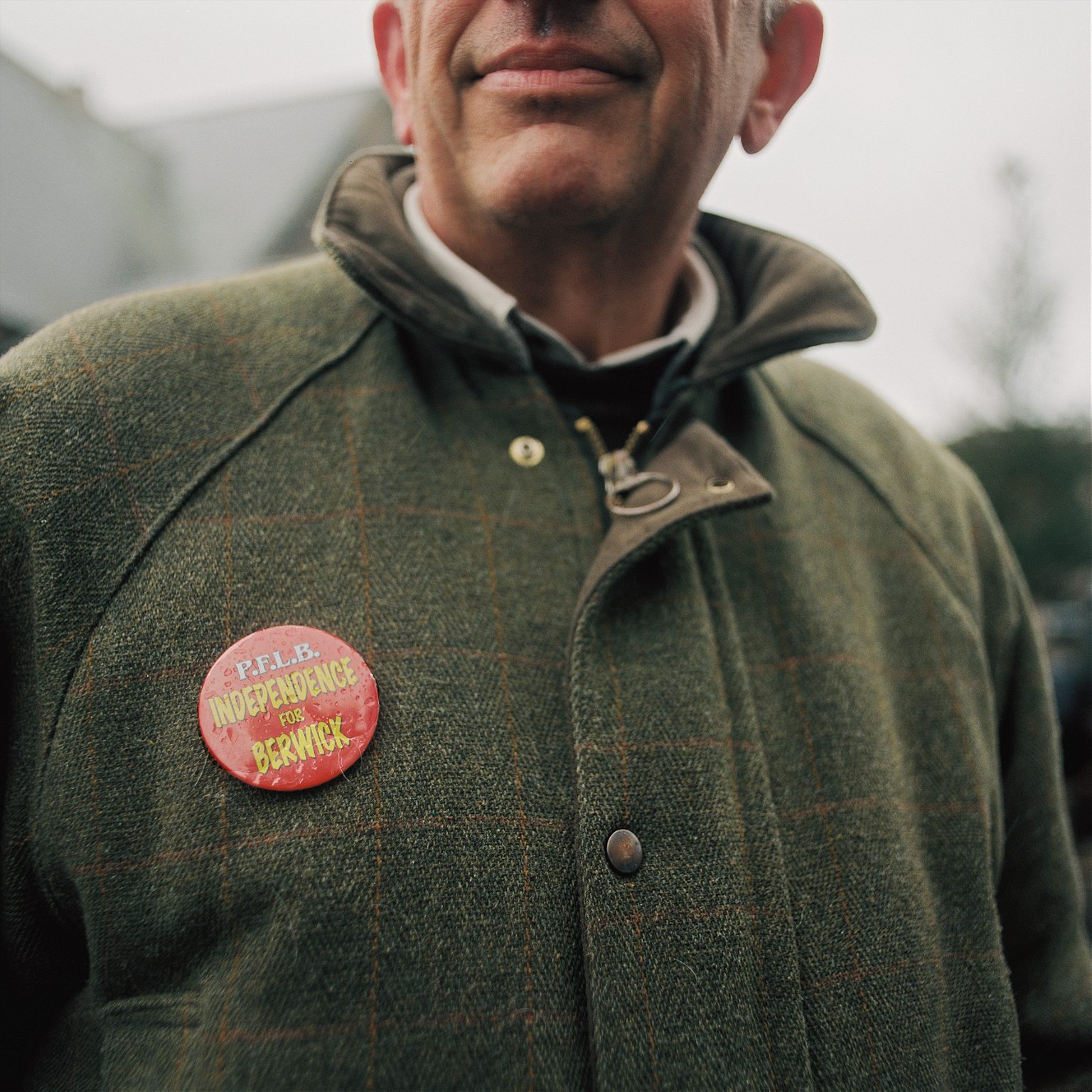
R&K: You’re from England, how did this project change your way of understanding UK identity?
Stothard: I think I always took it for granted that everything was equal. I don’t think I appreciated how many distinct identities exist in the UK. I think it was a moment to acknowledge the dominance of the English. The relationship of Scotland is not that of a colonial power. There was a union, it’s not the same as what the UK used to do around the world. But because Westminster had the power, and because of the Industrial Revolution, a lot of wealth ended up in the south. So it was good for me to really just accept that living in the South, you are privileged. But as I said, I don’t think that this vote was too much about nationalism. I think it was about challenging the status quo and thinking more about citizenship and less about consumerism, and it was really about rejection of a market-driven economy.
R&K: Do you think there will be a new referendum now that the UK is leaving the EU?
Stothard: It seems that legally, they’re due to have one. There is wording in the Scottish National Party’s manifesto that says that if [there are material changes in Scotland’s situation], then Scotland will have another referendum. I think it’s very difficult to convince people that everything’s okay and we should carry on as is. Lots of people have genuine grievances, and whether they fully understand how they can be dealt with or not, they will vote for something to change.
R&K: If there is a new referendum, could it go the other way?
Stothard: I think there’s a better chance than last time, and it was very close last time. Anything can happen, but you have to be in a position where you respect the will of the people. That’s sadly the way you have to think about it if things go against your own political views, like with me and the European Union vote for example. It’s great that people felt like they had a chance to vote on something, and have a say. Things will calm down.
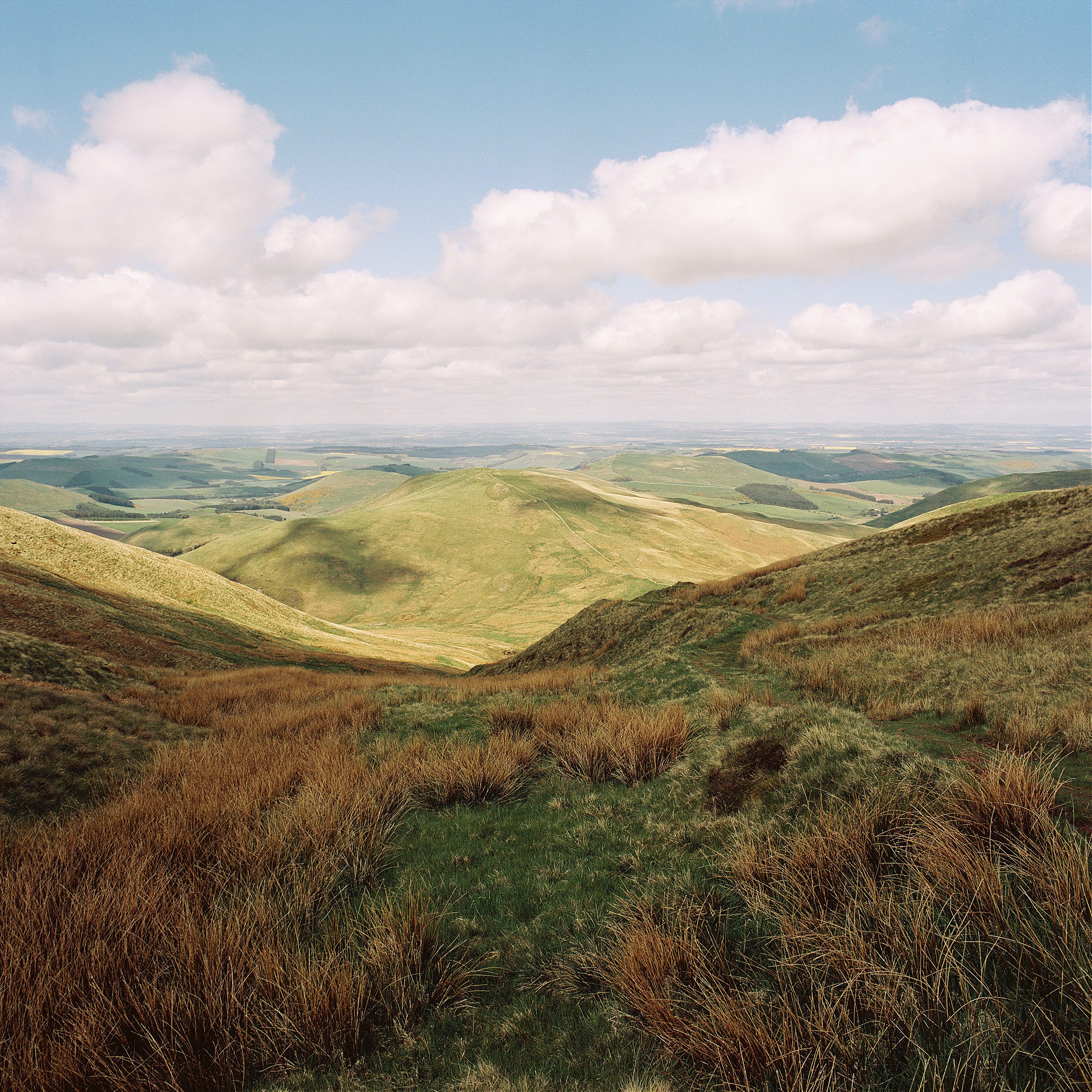
R&K: What do you think would happen to towns like Berwick-upon-Tweed if Scotland leaves?
Stothard: They could try making money out of the border, selling things cheaper. That’s what happened on the border of Northern Ireland and the Republic of Ireland. Money-changing, and people going up to north to buy cheaper toiletries, these things. But I mean, that’s not a sustainable lifestyle for everyone. I think it could be pretty bad for the north of England.
R&K: Have you gone back to this region since?
Stothard: I went close, but I haven’t been back to the exact same areas. I would quite like to continue the project though. I think it’s something that will keep its relevance. People are still quite interested in the project. And now with Brexit, people are delving into different little stories about the UK. I think it’s great that stories are getting told outside of London. Suddenly people are saying, “Woah I didn’t realize those guys were so upset about not having any jobs, or prospects.”
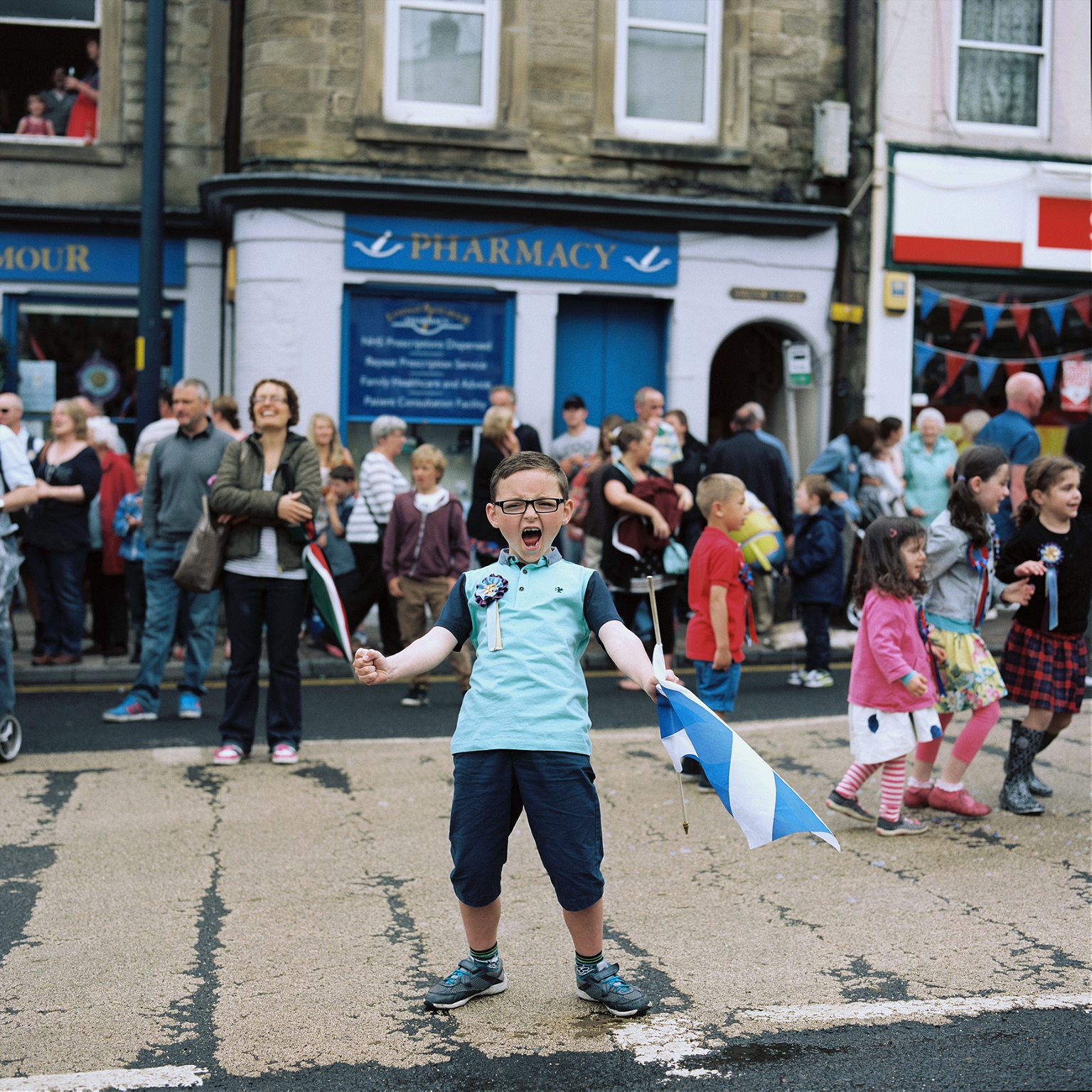
R&K: Have you explored borders in other areas of the world?
Stothard: It always seems to come up in some stage when I’ve been working, like in Palestine, in Lebanon, in Syria, these are all places where there are questions of who belongs there. And Ukraine, of course, where now you have checkpoints but there are no signs, no passport control, and for the local people, no sense of where they live, or who they’re governed by.
R&K: It’s interesting, going back to the Scotland project, to think that politicians are making decisions that feel quite absurd to the people on the ground.
Stothard: You could say it’s going to be just as absurd when there’s independence. In many ways you can think of independence as reaffirming the idea of the nation-state, which some liberal thinkers say is the root of the world’s problems, drawing lines, creating reasons to see ourselves different from one another. But I do think in the case of Scotland, it could be a chance to pursue a different kind of politics too. But I don’t know how long it’ll be before we see anything. Maybe nothing will change, you never know.